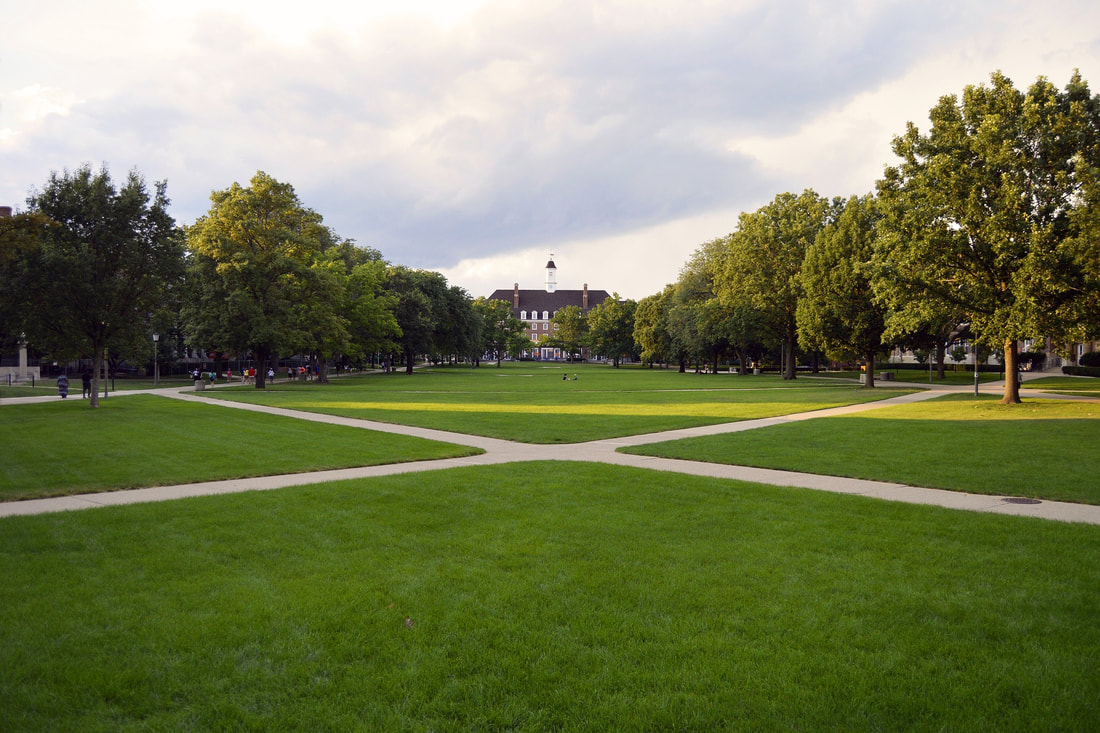 As juniors begin to build or finalize their college lists this spring and the air is filled with chatter from seniors and their families about college admissions outcomes, it's a good time to remind students and parents that many times a decision has absolutely nothing to do with what the student did or didn't do. That's right -- it's mostly not about YOU, it's about THEM. It's about the colleges and what they need and/or want. There are some factors that are definitely within the control of a student -- the rigor of the courses you took, the grades you earned, the test scores you achieved, the activities you led or participated in, the hobbies and interests you pursued, the focus you applied to selecting a balanced list of colleges to apply to, the care you took to select a teacher who would be likely to write you a great letter of recommendation, the effort you put into crafting a strong college resumé and compelling application essays, and the time you devoted to visiting and/or interacting with your top choice colleges. But even doing all of that may not be enough for every college on your list, and that's neither your fault nor within your control. COLLEGES ARE A BUSINESS It's important to never lose sight of the reality that colleges operate with both a mission . . . and a bottom line. And like any business, the bottom line is always top of mind. Many colleges need a certain percentage of "full-pay" students in any given year. Some public state universities are subject to ever-shifting funding priorities at the state legislative level. Some small private colleges may be mindful that they are only a few missteps from financial insolvency. Most colleges suffered some financial losses during the pandemic. Enrollment management for colleges is its own industry. Many colleges employ enrollment managers and consultants who use algorithms and other methods to try and pinpoint that sweet spot where they've accurately predicted how many students they need to offer admission to in order to yield the size class they can comfortably house and educate. There are only so many dorm rooms (the University of Tampa is a good example of a school that completely misjudged their housing parameters, which was a mess for them and for the students who scrambled to find apartments), and overcrowded classrooms will also not be popular with students, faculty, or alumni. Some colleges over-enrolled (or under-enrolled) during the pandemic years and will be adjusting course to correct for those issues. And speaking of enrollment management, one of the tools that colleges are increasingly using to manage their yield (percentage of accepted applicants that say "yes" to the offer) is early decision or ED. Some colleges offer ED and early action (EA), some colleges offer ED1 and ED2 (two cycles of early decision) -- but in either case, they are using ED to fill a successively larger chunk of their classes. Many colleges will fill 50% of their class through ED, and we are hearing some colleges are filling as much as 75% with ED applicants. This is yet another factor that makes it very difficult for a student to receive an offer of admission in the regular decision round. INCREASING APPLICATIONS: VICIOUS CYCLE As more colleges join the CommonApp each year, it has become easier for students to apply to more colleges. The pandemic introduced another element with most colleges offering test-optional admissions for at least 1-3 years. Many students adopted a "why not apply and see" attitude once the test score component was no longer part of the equation. These are but two of the factors that have led to many colleges experiencing skyrocketing application numbers. Colleges still have mostly the same number of seats per class to offer, so as application numbers rise, their acceptance rate goes down. The lower the acceptance rate, the more "selective" a college appears (and the better their rank on the various rankings list will be), which in turn fuels ever-escalating rates of application. As acceptance rates trend down at so many colleges, many students panic and increase the number of applications they submit, and so it goes. BUILDING A CLASS Selective colleges could fill their class ten times over with amazing and accomplished students. Most applicants at these colleges have perfect grades and test scores. There are nearly 27,000 high schools in the US, and the valedictorians from those schools won't all gain admission to selective universities. No college -- not even an Ivy League institution -- wants a class comprised solely of valedictorians and salutatorians. Every college wants to enroll a diverse class, with students from a variety of backgrounds and who bring diverse viewpoints to conversations in and out of the classroom.
The other variables -- the ones that are absolutely not within your control and change from one year to the next for any given college -- are institutional priorities.
There are probably dozens of other factors that contribute to admissions outcomes. But all you, the student, can do is put your best foot forward, apply to a balanced list of colleges so that you have good choices, and don't focus too heavily on any one college or type of college. Colleges are building a class and are juggling a host of competing and possibly incongruent goals and objectives. At the end of the day, remember, it's not a personal rejection -- it's not about YOU, it's that myriad of shifting priorities of the college in any given year. You will thrive and be successful wherever you end up!
0 Comments
As the ApplyTexas application portal went live early Sunday morning, students and counselors in Texas learned that Texas A&M will now require students to respond to the diversity essay prompt that was optional last year and respond to two new short answer prompts.
DIVERSITY ESSAY (250-300 words) Again, though this was an optional prompt last year, it is now required. Texas A&M believes that diversity is an important part of academic excellence and that it is essential to living our core values. Describe the benefits of diversity and inclusion for you personally and for the Texas A&M community. In answering this prompt, consider your own personal diversity and/or your commitment to promoting and living in a diverse and inclusive community. You should also note that diversity is not limited to ethnicity, religion, gender, sexual orientation, or socioeconomic factors. You are unique and should feel free to use this space to spotlight your own interests, talents, perspective, background, family, and experiences. If you lived overseas or speak more than one language, that's worth highlighting. Maybe you have a unique hobby that isn't yet represented in a club on campus. Don't forget that you also want to link your diversity of lived experience to Texas A&M and the greater Aggie community. Texas A&M's core values are: excellence, integrity, leadership, loyalty, respect, and selfless service. Respect in particular might be a good focal point for your essay -- for respect for others and differences is a key underpinning of inclusion and commitment to diversity. SHORT ANSWER PROMPTS (200-300 words) Again, these are new to the 2022 cycle! 1. Describe a life event which you feel has prepared you to be successful in college. This is asking you to reflect on and relate some specific event that will help you be successful as a college student. This could be something academic - perhaps poor performance on a final exam caused you to reexamine your study skills or time management. Or it could be something you learned about yourself in a sports competition or another extracurricular activity. Maybe your performance dipped below your expectations, and you gradually realized that you needed to refocus your attention or energy to that activity in order to improve your results. Or your summer job may have helped you understand responsibility in a new way. This is a broad prompt and a short answer, so don't over-think it. Relating one experience or event, the lessons you learned, and how those lessons correlate to success is a good strategy. 2. Tell us about a person who has most impacted your life and why. This one is a little more clear-cut. You can choose a national or international celebrity or public figure, an author or musician, a social media influencer, a family member, teacher, friend - you name it. Again, you only have 200-300 words, so there's no need to try to give the individual's life history. Keep the focus on YOU and explain how and why that person affected your life.
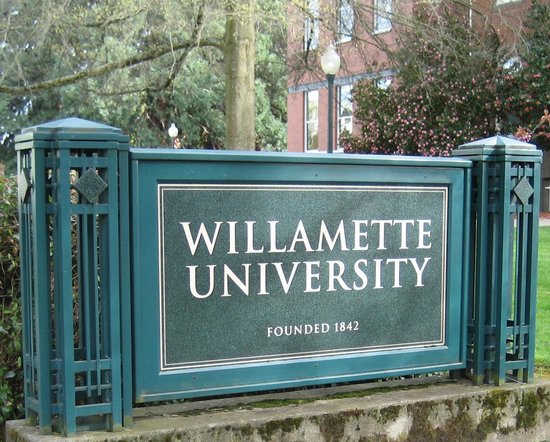 Willamette University (pronounced "Will-AM-It") is a nationally ranked liberal arts college (peer institutions in the Pacific Northwest include Lewis & Clark College, University of Puget Sound, and Whitman College). Willamette believes that its undergraduate liberal arts students benefit from lessons or courses taught by Willamette's law school and Atkinson Graduate School of Management MBA faculty. One of the signature undergraduate programs -- Politics, Policy, Law, and Ethics (PPLE) -- benefits significantly from the involvement of Willamette's law and graduate faculty. Undergraduate and graduate faculty team up to teach many of the data science courses, and Willamette also offers a 4-year B.S./M.S. in Data Science. The Pacific Northwest College of Art in Portland will become part of Willamette in 2021-22, and students will be permitted to cross-register for courses. Tokyo International University of America is situated on the Willamette campus, and students in each program are able to take joint courses. With its proximity to the state capitol, students find many opportunities for internships. The university motto -- "Not unto ourselves alone are we born" -- underpins the institutional philosophy of encouraging students to better the world and be active contributing members of the community as Willamette graduates. Students log more than 70,000 hours of community service through Willamette each year. Willamette has a very strong and healthy endowment, allowing the institution to weather the pandemic with minimal disruptions. It offers generous financial aid packages -- both in the form of merit and needs-based aid. Willamette prides itself on the diversity of its student body and on its performance on social mobility indices (it touts a large number -- typically 25% of each undergraduate class -- of first-generation students). The strongest programs include the PPLE major mentioned above, Data Science, Theater, Sustainability & Environmental Science, Japanese (both language and cultural studies), Biology, History, and Economics. In addition to the 4-year BS/MS in Data Science, students may also pursue a 3-2 MBA degree, 3-3 law degree, or a 3-2 engineering program (Columbia, USC, and Washington University are the partner institutions for this program). Students are enthusiastic about Willamette for many reasons -- not least of which are the strong relationships undergraduates are able to build with faculty members. Classes are small (76% have 20 or fewer students), and faculty are accessible, both for on- and off-campus interaction with students. The student body is friendly and collaborative, and many enjoy the varied outdoor opportunities available in Oregon and near the campus. Willamette owns a 305-acre Forest at Zena situated within a ten minute drive of campus that is often used for recreational activities as well as field studies and other classroom pursuits. Students highly rate Willamette's support services, particularly the free tutoring in all subjects and other academic supports as well as the university's commitment of resources to mental health counseling and resources. |
Archives
July 2022
Categories
All
|

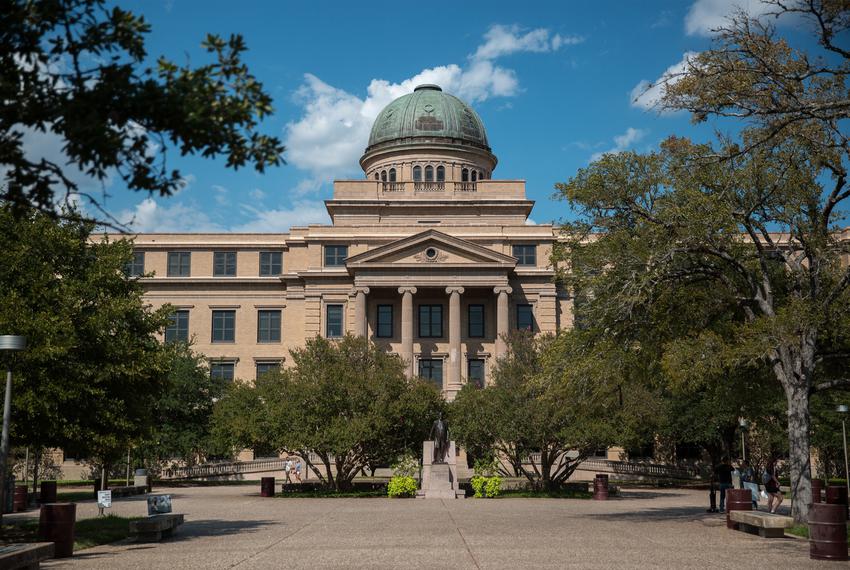
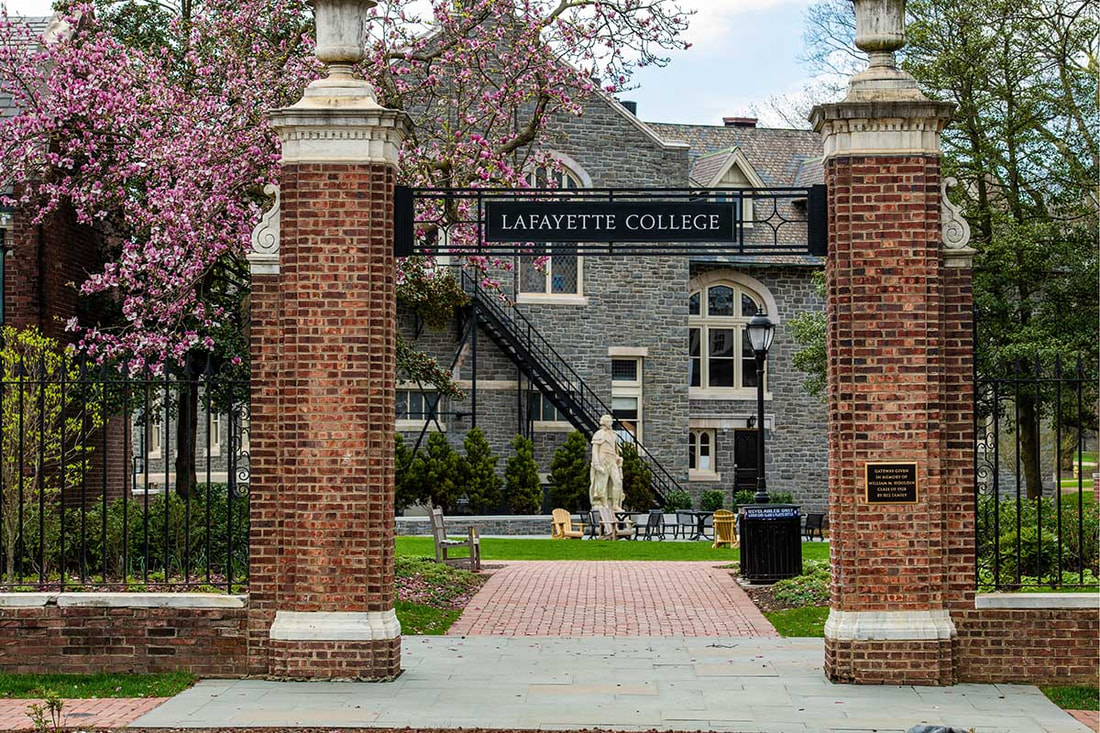
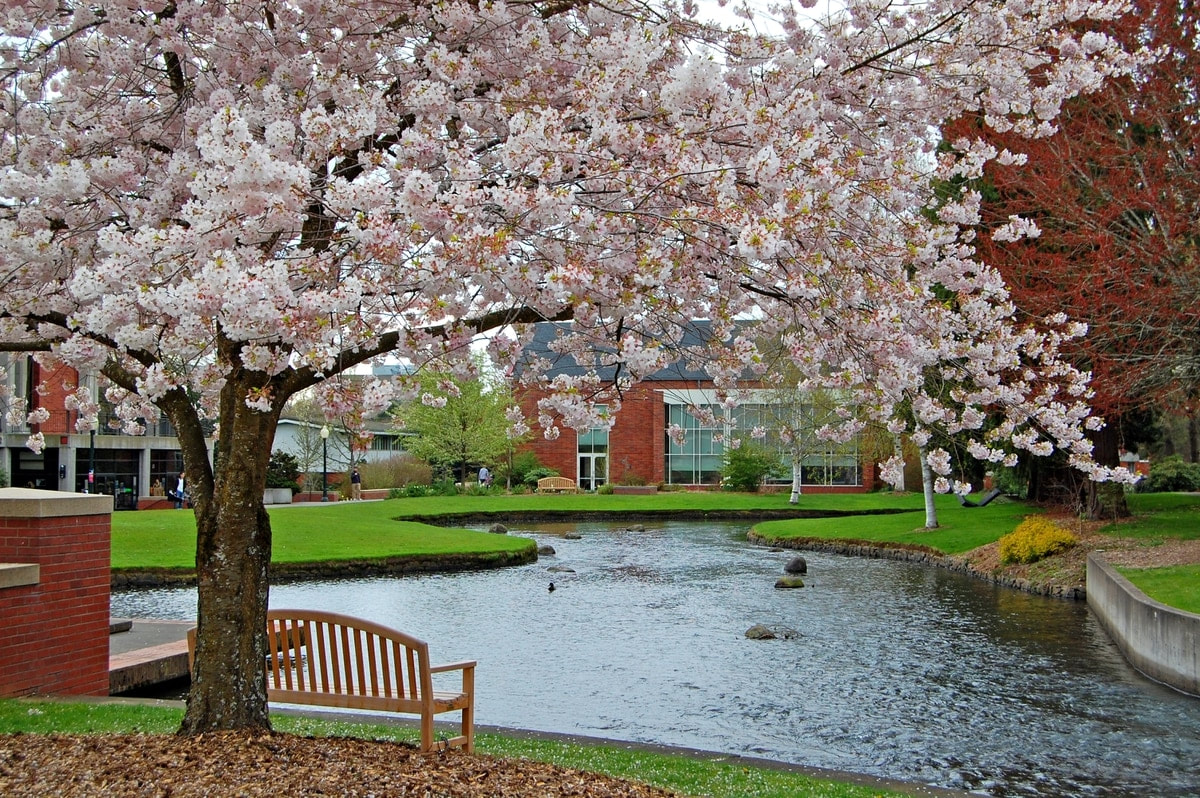
 RSS Feed
RSS Feed
